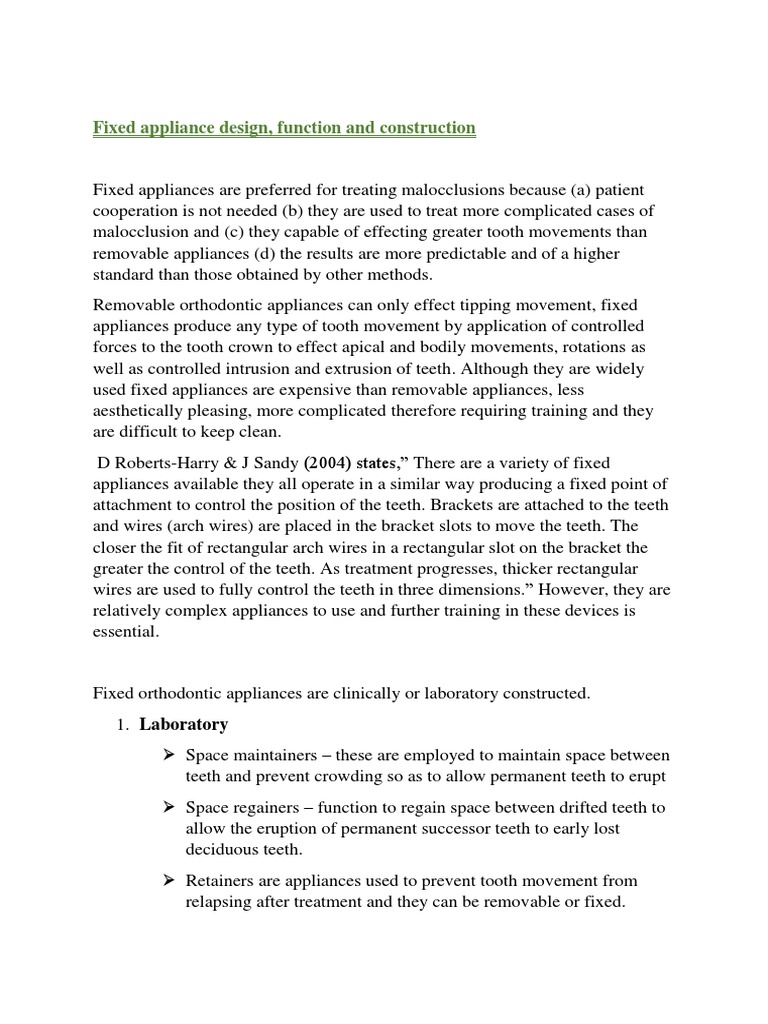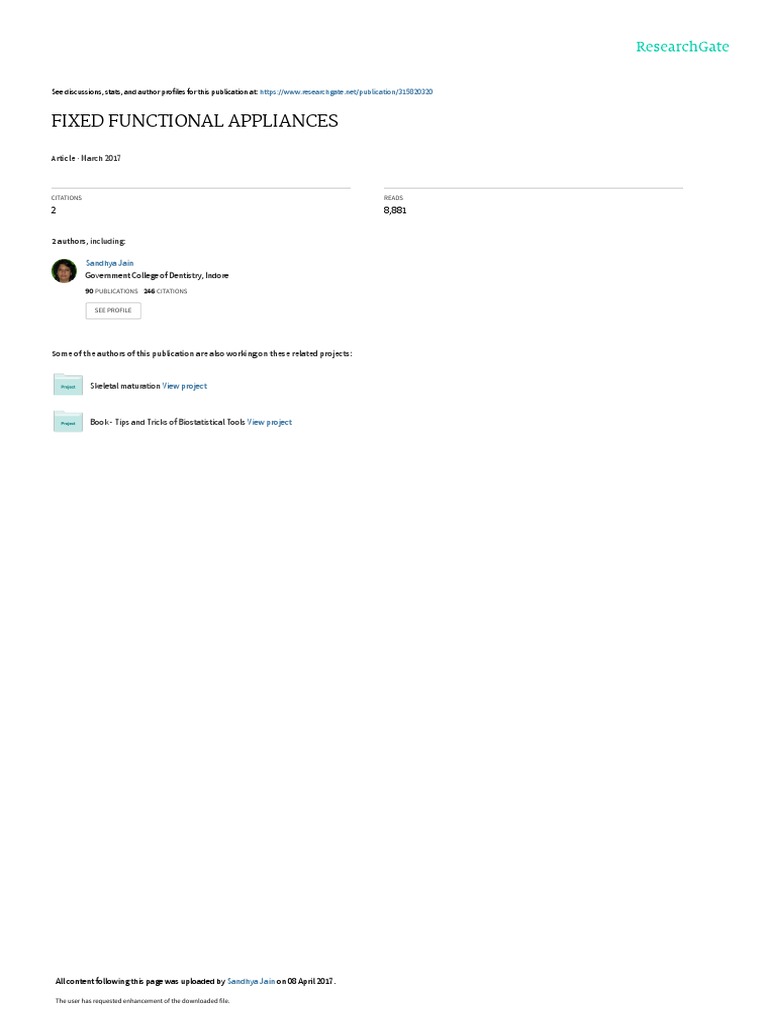

This guide to correct appliance installation is your comprehensive resource for safe and seamless appliance integration into your home. Whether you’re installing a new refrigerator, washing machine, or oven, understanding the process is critical for both functionality and safety. Improper installation can lead to costly repairs, potential safety hazards, and a reduced lifespan of your appliances. This guide will provide you with a clear understanding of the key steps and considerations for a successful installation, encompassing electrical, plumbing, and structural aspects. We will cover detailed steps for various appliances, including safety measures and troubleshooting common issues. Let’s get started!
Understanding the Importance of Correct Appliance Installation
Critical Factors for a Safe and Functional Setup
Correct appliance installation is not just about plugging things in. It’s a crucial process that directly affects the safety, performance, and longevity of your appliances. Poor installations can result in significant safety risks, such as electrical shocks or gas leaks, and lead to premature malfunction. Proper procedures ensure compliance with safety regulations, safeguarding your family and your home. Moreover, a professionally executed installation aligns with appliance manufacturers’ specifications, maximizing performance and extending the product’s lifespan. This meticulous approach not only improves the usability of the appliance but also ensures its efficient and safe operation over time.
Planning Your Installation Project
Step-by-Step Guide to Ensure Smooth Procedure
Before you begin any appliance installation, meticulous planning is essential. This involves carefully assessing the available space, reviewing the appliance’s specifications, and planning for necessary connections. This includes determining the optimal location for the appliance to maximize its function and accessibility. Also, confirm the necessary power outlet and plumbing connection locations are easily accessible. The installation process should begin with measuring the designated space and matching it with the dimensions of the appliance. This essential step ensures a correct and comfortable fit, preventing future complications and creating optimal functionality.
Electrical Connections for Appliance Safety
Essential Considerations for Electrical Wiring
Electrical connections are critical to appliance safety and efficiency. Incorrect electrical wiring can lead to potential electrical hazards and damage to the appliance. It’s crucial to ensure that the electrical supply matches the appliance’s power requirements, and that appropriate grounding measures are in place. Properly sizing the wiring based on the appliance’s amperage is crucial for long-term functionality. Use only approved wiring methods and ensure proper insulation for safety.
Plumbing Connections for Water-Based Appliances
Ensuring Correct Water Supply for Laundry and Dishwashers
Plumbing installations are paramount for water-based appliances like dishwashers and washing machines. Incorrect plumbing can lead to water leaks, clogs, and potential damage to your home’s plumbing system. Ensure precise connections for water supply and drainage. Always use appropriate plumbing fixtures and sealant to guarantee a secure and leak-proof installation. This includes inspecting the drainage lines for proper slope and connectivity.
Structural Considerations in Appliance Installation
Ensuring Stability and Alignment
Stable and properly aligned appliances are essential for both safety and optimal function. Improper alignment can lead to uneven wear, damage to the appliance itself, and potential dangers for the user. Pay close attention to the appliance’s weight, and ensure that the surface upon which the appliance rests is strong enough to support it. Securely fasten appliances to the surface as needed and ensure the proper support mechanisms are utilized to prevent any instability.
Post-Installation Checks and Maintenance
Verifying Functionality and Addressing Potential Issues
Once the installation is complete, a thorough check of the appliance’s functionality is vital. This includes testing all functions and ensuring that all connections are secure. Inspect for any leaks, unusual sounds, or improper operation. This inspection is crucial for maintaining safety and ensuring the appliances are functioning as intended.
Safety Precautions in Appliance Installation
Safeguarding Yourself and Your Home
Appliance installation inherently carries some inherent risks. Following safety precautions is vital to prevent accidents and injuries. Use appropriate safety gear, and maintain a clean and organized workspace for maximum safety. Never attempt installations outside your expertise; seeking professional help is recommended.
Troubleshooting Common Appliance Installation Issues
Identifying and Resolving Problems During Installation
During the appliance installation process, unexpected challenges can arise. Common problems include electrical issues, plumbing difficulties, or difficulties in achieving proper alignment. Troubleshooting steps depend on the nature of the issue. Consulting a professional is often necessary for complex issues. These challenges often require specialized knowledge to address correctly and avoid safety hazards.
Examples of Appliance Installation Best Practices
Implementing Practical Techniques and Strategies
Installation procedures vary based on the type of appliance. For example, installing a refrigerator requires precise leveling and consistent ventilation, whereas installing a gas stove involves handling gas connections with extreme care. These variations highlight the importance of adhering to specific installation instructions provided by the manufacturer. Always adhere to the product instructions and seek professional guidance when needed.
Frequently Asked Questions
What are the potential consequences of improper appliance installation?
Improper appliance installation can lead to a range of safety hazards, including electrical shocks, fire risks, and potential gas leaks. Moreover, improperly installed appliances may malfunction sooner than expected, reducing their lifespan and requiring costly repairs. In severe cases, inadequate installation can even compromise the structural integrity of your home. Professional installation, on the other hand, ensures safety and longevity, protecting you from these risks.
How can I determine if I need a professional appliance installer?
If you’re unsure about the complexities of appliance installation or lack the necessary skills and tools, it’s always best to hire a qualified professional. Especially for installations involving gas appliances, electrical connections, or complex plumbing systems, seeking professional help is crucial. Professional installers possess the expertise to handle these tasks safely and efficiently, aligning with local building codes and safety standards. You can also identify potential installation challenges by checking if your appliance requires specific plumbing or electrical connections, or if it needs a precise level of placement for optimal performance.
In conclusion, proper appliance installation is paramount for safety and optimal appliance performance. Following these guidelines, you can ensure your appliances are installed correctly, minimizing the risk of electrical hazards, ensuring longevity, and maximizing functionality. Remember to always prioritize safety and consult qualified professionals for complex installations. By understanding the process and adhering to the steps outlined, you can enjoy the benefits of your new appliances without worry or inconvenience. Now, let’s move on to address some frequently asked questions.